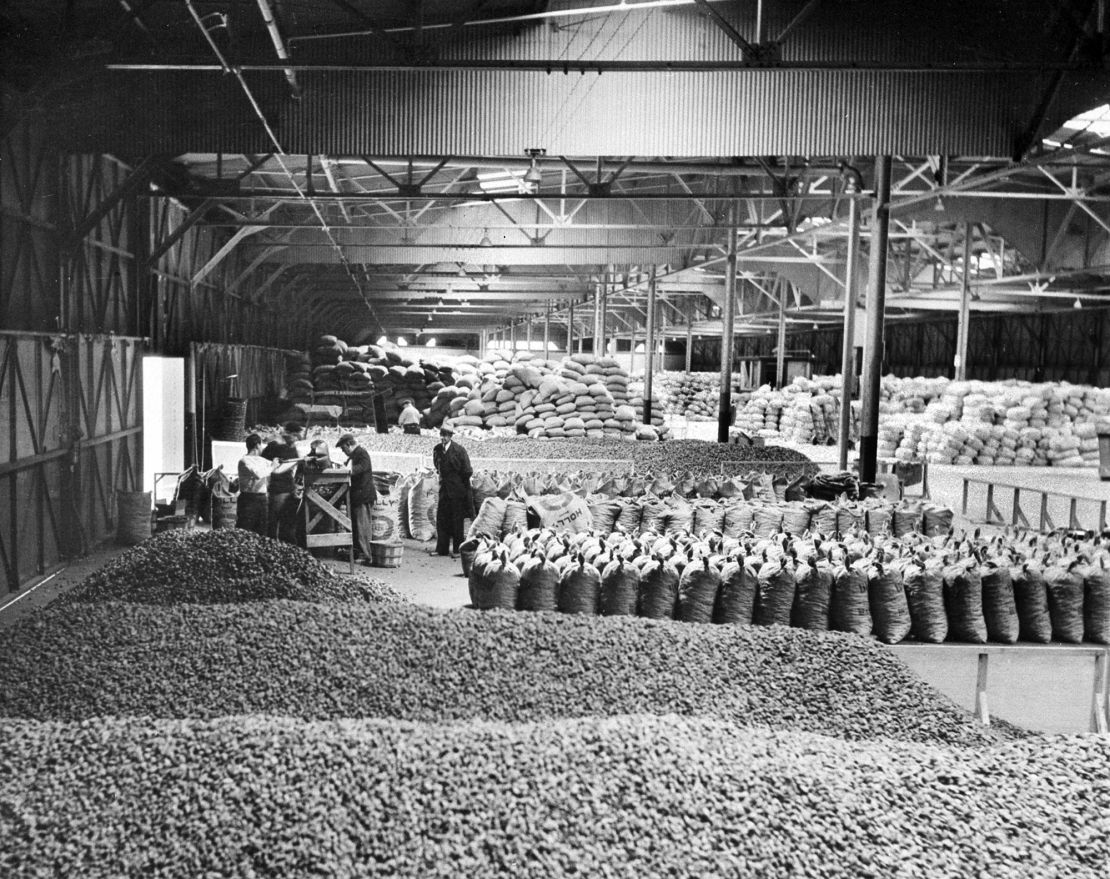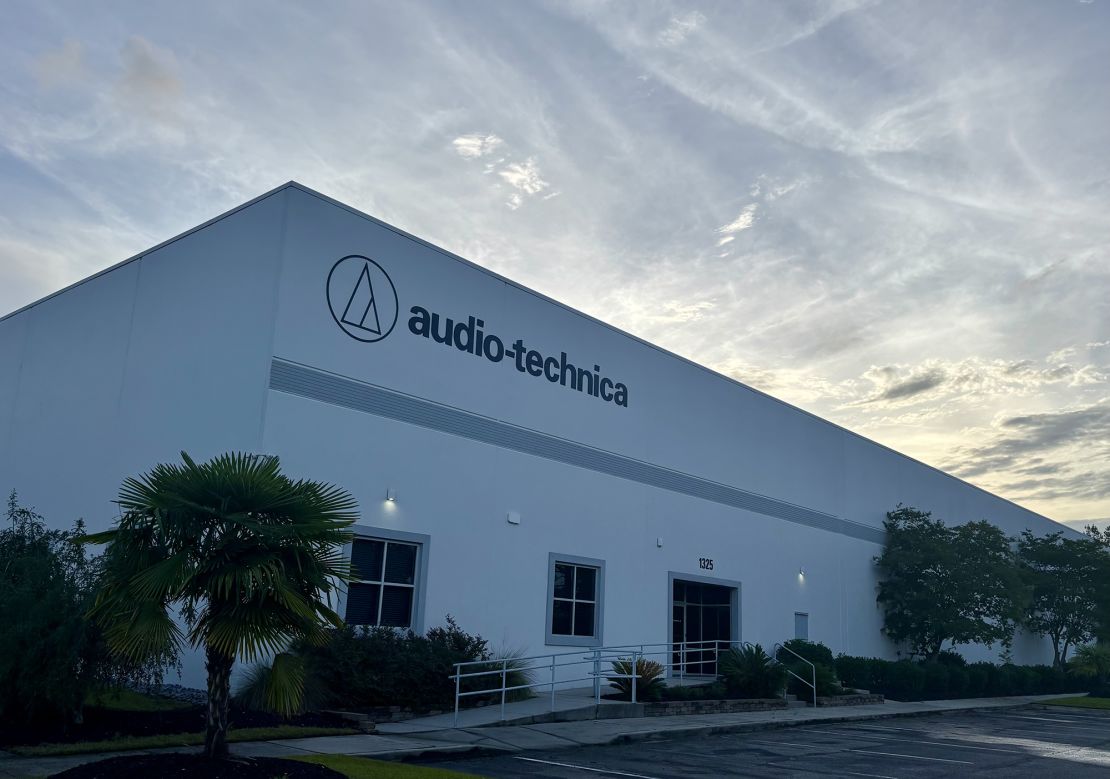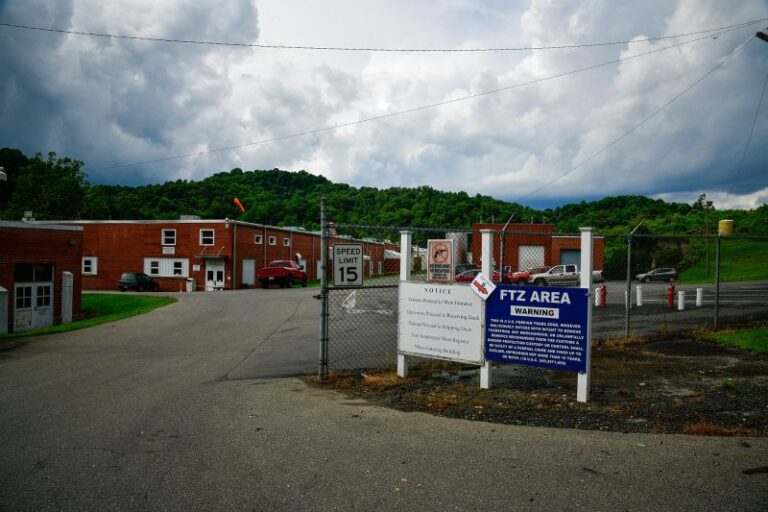CNN
—
Companies are increasingly turning to a Depression-era policy to avoid President Donald Trump’s tariffs, importing goods into designated US zones where they don’t have to pay tariffs until they want to.
There are 374 foreign trade zones, or FTZs, across the United States, originally designed to help keep companies competitive during the Great Depression. Now, these zones exist in every state and Puerto Rico and allow businesses to import products or materials (inputs) to the United States and store them, duty-free. Importers only pay tariffs when they sell their products to US customers. And if they choose to export items out of the United States, they don’t pay any tariff at all.
Since Trump announced tariffs on nearly every single country in April, the interest in these foreign trade zones has quadrupled, according to Descartes, a logistics firm that helps companies set up and operate in FTZs.
“Foreign trade zones were first initiated within the United States back in 1934, which coincidentally was the last time that tariffs were as prominent and frankly as impactful as they are now,” said Jackson Wood, director of industry strategy at Descartes. “And so that’s why they’re also now much more top of mind for US importers.”
Nearly $1 trillion worth of goods was imported into these zones in 2023, according to the Commerce Department, which approves new zones. That’s almost one-third of all goods imported into the United States that year, according to Customs and Border Protection data. The zones employ more than half a million people.
The US Commerce Department confirmed to CNN that the International Trade Association has seen an increased interest in foreign trade zones, but said it’s too early to tell if it will result in more companies operating in the zones.
Still, many companies are now stockpiling merchandise in these FTZs. It’s not a loophole, experts say, but a way for businesses to maintain cash flow at a time where many are feeling strapped.
“They’ve always been a bit of a niche instrument in the toolbox for US importers,” said Wood. “Now, because we are in this incredibly impactful tariff environment, more and more organizations are saying, ‘yes the business case to stand up a foreign trade zone makes sense for us.’”

Highly secure and heavily enforced, FTZs must be within 60 miles, or 90 minutes, of a Customs and Border Protection port of entry. But no two FTZs are exactly the same.
The zones can range in size from a small room in a warehouse to hundreds of acres of an entire company’s footprint. Dozens of companies can manufacture and distribute goods out of one warehouse.
What the FTZs do have in common is that they offer companies relief — albeit, temporarily — from paying duties amid the current trade war.
Audio-Technica, which makes turntables and audio equipment, opened its second warehouse and distribution center in a foreign trade zone in San Diego in June. The Japanese company imports fully assembled products from its manufacturing sites in Japan and China. Eighty percent of that merchandise gets sold into US commerce, while 20% is exported, the company said.

“With the higher tariffs, it gives us the ability to defer the payment of those tariffs until such time we take it out of the FTZ for commerce,” said Dan Ratley, executive director of supply chains at Audio-Technica.
Audio-Technica doesn’t have to pay tariffs on its imported goods until the company decides to release its products into the United States to sell to customers. That means the company can hold them duty-free in the zone until they’re willing or able to pay.
“Everybody’s looking into it and trying to minimize (the effects of tariffs), improve their cash flow and avoid it altogether,” said Ratley.
Companies can’t just set up shop in a foreign trade zone — businesses need a grantee, which acts as an intermediary between themselves and the Commerce Department. These grantees are often cities, ports, or airports, and FTZs can be a boon for them.
The city of Phoenix, which has been a grantee since 1988, has helped set up dozens of companies within its zone, known as Zone 75.
“As the grantee, we have to be willing to accept them into our foreign trade zone. Without our letter of support, they wouldn’t be able to submit their application,” said Christine Mackay, the director of economic development with the city of Phoenix.
FTZs can be economic multipliers, especially for smaller communities. Employment and wage growth rose in communities six to eight years after an FTZ was established, according to a 2019 study published by the National Association of Foreign-Trade Zones.
There are currently 75,000 people working in Phoenix’s Zone 75. For each job in the FTZ, the city says it generates between three and six additional jobs. Ten years ago, the average salary for a new job in Phoenix was $30,000. Today, it’s $84,000.
“We’ve made a difference in being able to leverage our foreign trade zone grantee status and bring companies that have great economic multipliers, that have these really strong benefits for the community,” said Mackay.
There are many benefits to foreign trade zones. But under the current trade regime, some are no longer available.
Historically, when companies imported inputs — small parts made of copper, steel or aluminum — to the FTZ to manufacture other products, they would only have to pay the tariff rate on the finished product.
But as detailed in Trump’s executive orders on reciprocal tariffs in April, companies operating in FTZs must now pay the tariff rate of the inputs, not the finished product, which is often higher.
Even if the material or part is used to make a product while in the foreign trade zone, the final product will still be tariffed at the rate of the input when it leaves the zone, the Commerce Department told CNN.
For example, Audio-Technica imports fully assembled products into their FTZ from Japan and China, which carry average tariff rates of 10% or 30%, respectively. But some of those products are made with steel and aluminum, which puts the company on the hook for a rate of up to 70% because of the tariffs on those metal parts.

“One of the hallmarks of the foreign trade zone program is this benefit, but these restrictions that have been put in place in these executive orders have stopped all of that. So, if you bring in a component for finished goods into the US foreign trade zone, you’re paying the higher duty rate when it leaves,” said Melissa Irmen, director of advocacy and strategic relations at the National Association of Foreign-Trade Zones.
While foreign trade zones remain an attractive tool for some importers, current trade policy makes them more complicated for others.
“We do have members who are very upset at having lost the ability to maintain their global competitiveness that this program gave them to stay in the United States — and that is a major problem,” said Irmen.


